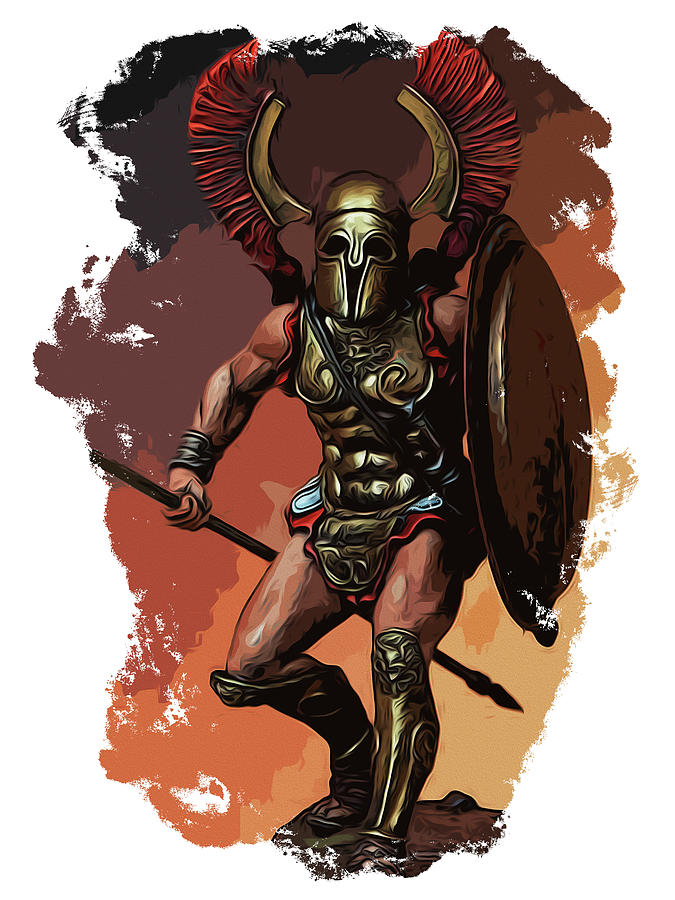


Usually, such emails are disguised as official/important letters from legitimate entities. Typically, malware of this type is distributed via fake installers for pirated/cracked software, unreliable sources for downloading files and programs, fake updaters, and Trojans.Įmails used to deliver malware have malicious attachments or links in them. Users infect computers with ransomware when they execute ransomware by themselves. More ransomware examples are Iq20, Diamond, and Wizard.
#Spartan crypter how to#
Usually, it also generates a ransom note containing instructions on how to contact attackers, pay for data decryption, and renames encrypted files.ĭata loss in case of a ransomware attack can be avoided by having files backed on a remote server or unplugged storage device. Ransomware is malware that encrypts files to force victims to pay a ransom (purchase a decryption tool from cybercriminals). Thus, it is recommended to eliminate it from the infected systems as soon as possible. Sometimes, ransomware is capable of encrypting more files on the already infected computer and infecting other computers connected to the same local network. It is important to mention that paying a ransom does not guarantee that the attackers will provide a decryption tool. Victims can recover files without the interference of threat actors only if they have a working third-party decryption tool or a copy of their files. Typically, only the attackers can decrypt files/have the right decryption tools. The attackers will likely include proper contact and (or) payment information in their future attacks. Thus, it can be assumed that this ransomware is still in the development stage (threat actors are testing it). The ransom note does not provide valid email addresses for contacting the attackers or any payment information.
#Spartan crypter for free#
Victims are offered to have three files decrypted for free and informed that it will be possible to decrypt the rest of the files after the payment. Screenshot of files encrypted by this ransomware:Īs stated in the ransom note, Spartan Hack ransomware encrypts documents, photos, databases, and other important files. For example, it renames " 1.jpg" to " 1.jpg.plwx", " 2.png" to " 2.png.8chy", " 3.exe" to " 3.exe.utbj", and so forth. Spartan Hack renames files by appending four random characters as their new extension. Also, Spartan Hack renames files, changes the desktop wallpaper, and creates a ransom note (the " read_it.txt" file). The purpose of Spartan Hack is to encrypt files (to make them inaccessible for victims). We discovered it while examining malware samples submitted to the VirusTotal website. Spartan Hack is the name of ransomware based on another ransomware called Chaos.


 0 kommentar(er)
0 kommentar(er)
